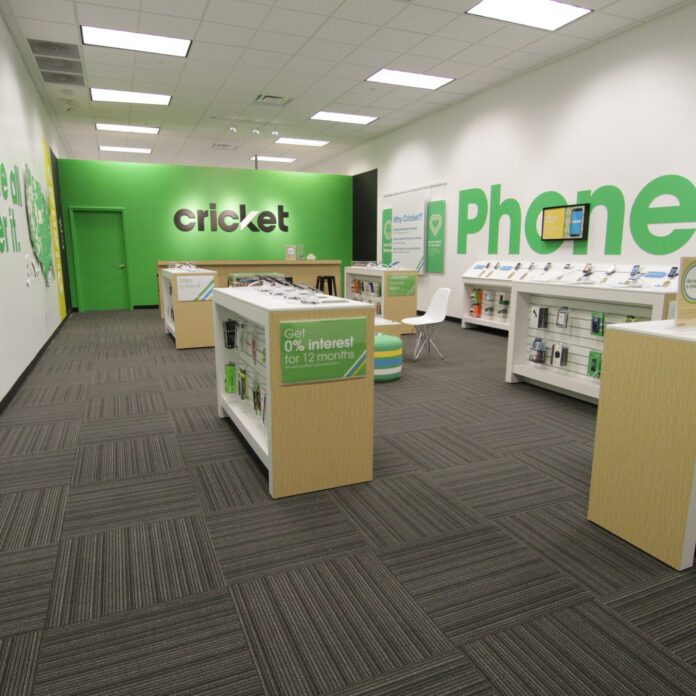LONDON – In previous years, a speaker on the stage at Small Cells World Summit who claimed: “The 5G network looks a lot like a small cell network,” would almost certainly have been an equipment vendor.
The vendors in this market, and industry body Small Cell Forum, have been predicting big things for small cells almost since the birth of this event 10 years ago. The difference in mood this year is that now it’s the operators who are waving the flag hard, while also calling for some vendor solutions.
In a keynote address opening day two of the conference, Matt Beal, director of innovation and architecture at Vodafone, told the audience the “5G” network will rely heavily on small cells and heterogeneous network technology. But, don’t think that’s yet another example of the belief the day of the small cell is always just around the corner – Beal also said we can’t afford to wait for 5G to create the network that will drive what he termed “the gigabit society.”
“We need to perfect the small cell hetnet techniques now,” Beal said, “both on 4G and on 4G Plus.”
Beal told the audience no more waiting. “The industry needs to understand now, what it really means when the macro network goes small cell.”
Beal spent some time listing the many enabling technologies and developments required to smooth this path from today’s networks to the 5G future and the gigabit society. Alongside familiar industry touch points such as network functions virtualization, software-defined networking and cloud radio access network technologies, Beal listed areas that needed equal attention such as network slicing, spectrum refarming, mobile edge computing, carrier aggregation and massive multiple-input/multiple-output requirements.
Echoing Telefonica CTO BrendanO’Reilly’s concerns from day one of the conference, Beal called for more dark fiber, and highlighted practical problems around deployment and the need to smooth the path to acquiring the necessary number of sites.
Speaking to RCR Wireless News, Beal said that to deliver all the use cases, 5G must support spectrum both above and below 5 GHz. He also said new deployment models would be required to make effective use of new centimeter and millimeter wave spectrum bands above 5 GHz. Contrasting higher band cell sites of less than 50 meters to typical below 5 GHz urban sites of 300 to 800 meters, Beal saw a future with multiple deployment models, both indoor and outdoor, from operators, enterprises and other customers.
“For the densification of our networks,” he said, “we need to solve the site issue of the fronthaul and the availability issue of the backhaul now.”
Beal also highlighted the nature of the hetnet was one of constant change so the industry is not looking for a short-term fix. “We don’t just solve these issues once,” he said. “Hetnet environments change and constantly evolve so we’ll need to have solutions in place that continually adapt to solve the challenges as they are presented.”

